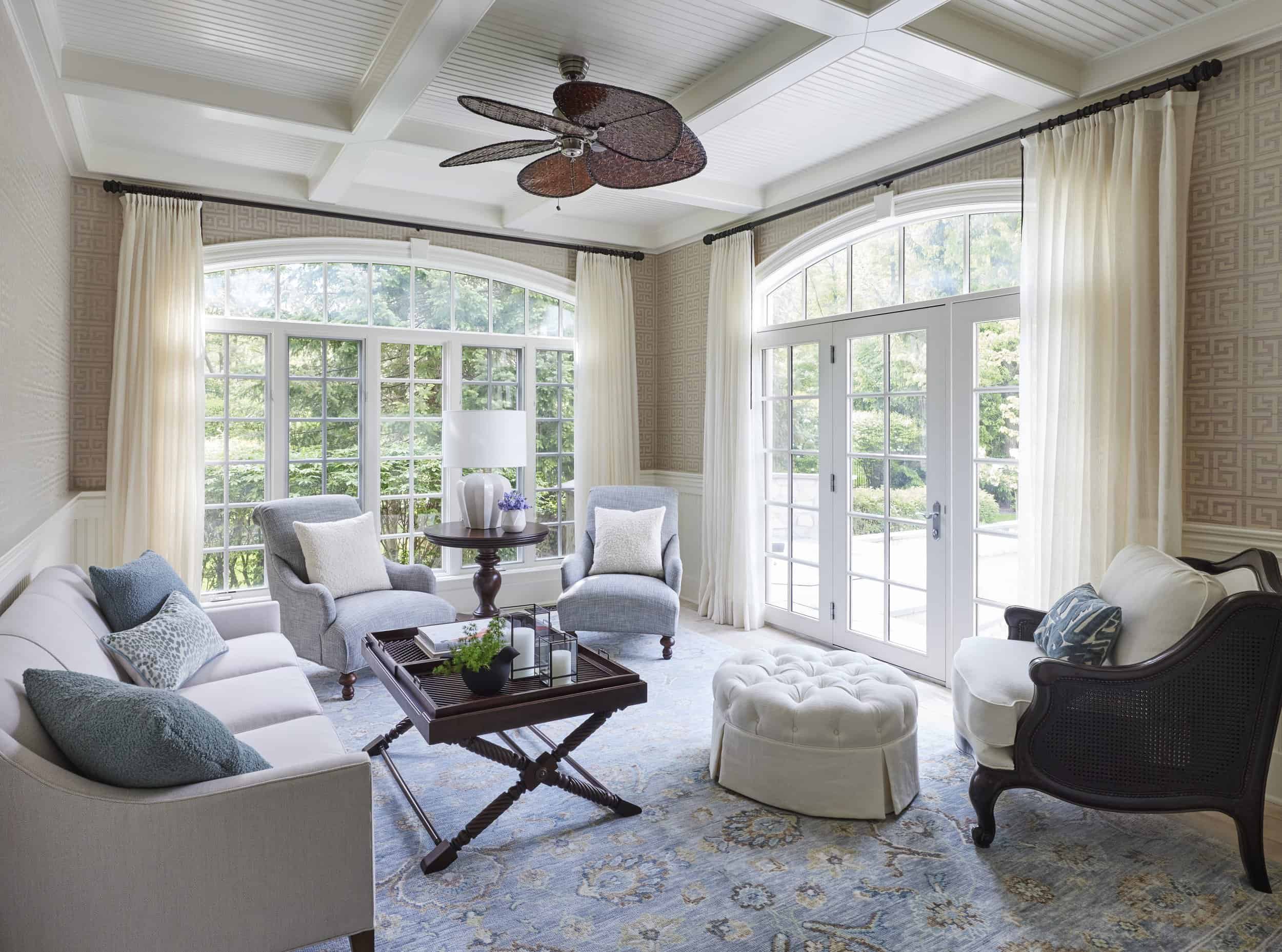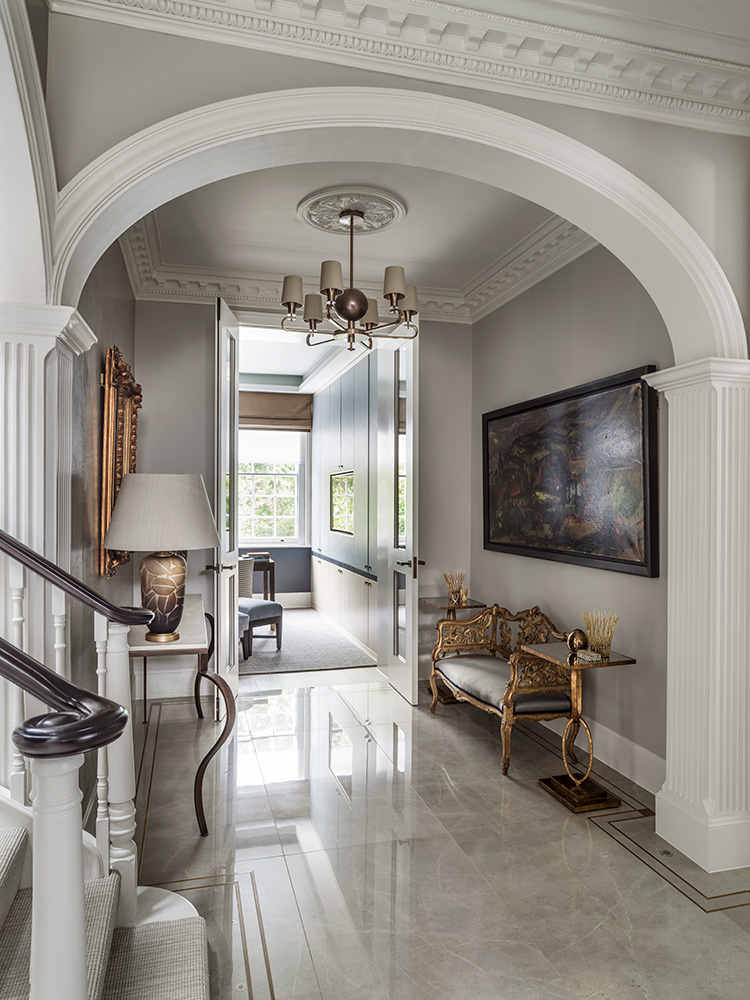The Art of Equilibrium: Just How Interior Design and Home Designer Collaborate for Stunning Outcomes
In the realm of home design, striking a balance in between visual appeals and capability is no small task. This fragile equilibrium is accomplished via the unified collaboration between indoor designers and engineers, each bringing their distinct knowledge to the table. The outcome? Spaces that are not only visually spectacular but likewise incredibly livable. This ideal mix is not constantly very easy to obtain. Remain with us as we explore the ins and outs of this joint process and its transformative influence on home layout.
Understanding the Core Distinctions Between Interior Decoration and Home Design
While both interior design and home design play important functions in producing aesthetically pleasing and practical areas, they are inherently different techniques. It deals with the 'bones' of the structure, working with spatial dimensions, load-bearing walls, and roofing system styles. On the other hand, indoor layout is a lot more concerned with boosting the visual and sensory experience within that framework.
The Synergy Between Home Design and Inside Style
The synergy in between home architecture and Interior Design exists in a shared vision of design and the improvement of useful visual appeals. When these two fields line up sympathetically, they can change a living space from regular to phenomenal. This collaboration calls for a deeper understanding of each discipline's principles and the ability to create a natural, aesthetically pleasing setting.
Unifying Design Vision
Combining the vision for home style and Interior Design can produce a harmonious living room that is both functional and cosmetically pleasing. The equilibrium begins with an integrated mindset; designers and interior developers work together, each bringing their experience. This unison of concepts develops the layout vision, a plan that guides the project. This shared vision is essential for uniformity throughout the home, guaranteeing a fluid transition from exterior architecture to indoor rooms. It advertises a synergistic approach where architectural aspects enhance Interior Design components and vice versa. The result is a natural space that mirrors the property owner's taste, way of living, and personality. Thus, unifying the layout vision is important in mixing design and Interior Design for spectacular results.
Enhancing Practical Looks
Exactly how does the harmony in between home architecture and indoor style boost functional aesthetic appeals? Engineers lay the foundation with their architectural style, guaranteeing that the room is practical and reliable. An engineer could create a home with large home windows and high ceilings.
Value of Cooperation in Creating Balanced Spaces
The collaboration in between interior developers and designers is crucial in creating balanced rooms. It brings harmony between design and design, offering birth to rooms that are not just cosmetically pleasing however additionally functional. Discovering effective collaborative approaches can supply insights into just how this synergy can be successfully accomplished.
Balancing Layout and Style
Equilibrium, an essential aspect of both indoor layout and architecture, can just truly be attained when these two fields work in harmony. This collective procedure results in a natural, well balanced design where every element has an objective and adds to the total aesthetic. Harmonizing design and style is not simply about producing gorgeous spaces, but regarding crafting spaces that function flawlessly for their inhabitants.
Successful Collective Techniques

Case Researches: Successful Combination of Style and Design
Analyzing several study, it ends up being evident exactly how the effective integration of Interior Design and architecture can transform an area. The Glass Home in Connecticut, renowned for its minimalistic sophistication, is one such example. Designer Philip Johnson and interior designer Mies van der Rohe collaborated to develop an unified balance between the interior and the structure, leading to a seamless flow from the outside landscape to the inner living quarters. An additional prototype is the Fallingwater House in Pennsylvania. Designer Frank Lloyd Wright and interior designer Edgar Kaufmann Jr.'s collective initiatives result in a strikingly distinct residence that blends with its all-natural surroundings. These study underscore the profound effect of a successful style and architecture collaboration.

Getting Over Challenges in Layout and Architecture Cooperation
Regardless of the undeniable advantages of an effective collaboration between Interior Design and style, it is not without its obstacles. Communication problems can occur, as both events might use various terminologies, understandings, and techniques in their work. This can lead to misunderstandings and delays in task completion. Another major obstacle is the harmonizing act of aesthetics and capability. Architects might focus on architectural honesty and safety and security, while designers focus on convenience and design. The assimilation of these objectives can be complicated. In addition, spending plan and timeline restraints frequently add stress, possibly creating breaks in the partnership. Effective interaction, shared understanding, and compromise are critical to conquer these challenges and achieve a effective and harmonious cooperation.

Future Patterns: The Advancing Partnership In Between Home Architects and Inside Designers
As the world of home layout proceeds to evolve, so does the connection in between engineers and interior original site designers. Conversely, interior developers are embracing technical aspects, influencing general design and functionality. The future guarantees an extra natural, innovative, and adaptive method to home design, as architects and developers proceed to blur the lines, promoting a partnership that truly personifies the art of balance.
Conclusion
The art of equilibrium in home layout is achieved via the harmonious partnership between interior designers and designers. An understanding of each other's techniques, reliable communication, and shared vision are essential in developing aesthetically stunning, practical, and welcoming areas. Despite difficulties, this partnership cultivates growth and development in layout. As the partnership between home engineers and indoor designers evolves, it will proceed to shape future patterns, boosting comfort, efficiency, and individual expression in our home.
While both interior design and home style play important duties in creating aesthetically pleasing and practical spaces, they are naturally various self-controls.The harmony between home style and indoor design lies in a shared vision of layout Continued and the improvement of functional aesthetics.Linking the vision for home design and interior layout can develop an unified living area that is both functional and aesthetically pleasing. Thus, unifying the design vision is vital in mixing architecture and interior style for sensational results.
Exactly how does the synergy between home architecture and interior style enhance practical appearances? (Winchester architect)